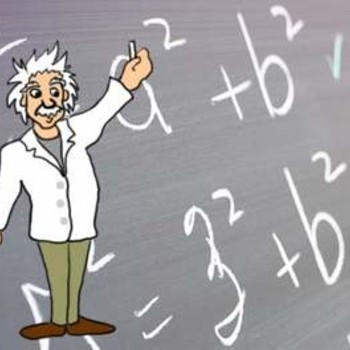What are the values and types of the critical points, if any, of #f(x)=x / (x^2 + 4)#?
2 Answers
Explanation:
Let
Denominator goes to zero when we multiply to the other side to solve for x.
Since the denominator will never equal to zero we only have one type of critical points and that is stationary
The critical points are
Explanation:
There are several different uses of "critical point" and "types of critical point".
Meaning of "critical point"
In the terminology I was taught (and that I teach), a critical point of a function
With that definition, we proceed:
"types" of critical points
Again, using the terminology I am familiar with, a critical point may be the location of a local minimum, a local maximum or neither. (In addition to "local" I also use "relative" -- they mean the same thing.)
Applying the first derivative text we find that there is a local minimum at
That minimum is
Applying the first derivative text we find that there is a local maximum at
That minimum is
Other uses of the words
I have seen some who define a critical point as a point on the graph of a function where the derivative is
The would say that the critical points are
Some would also say that


